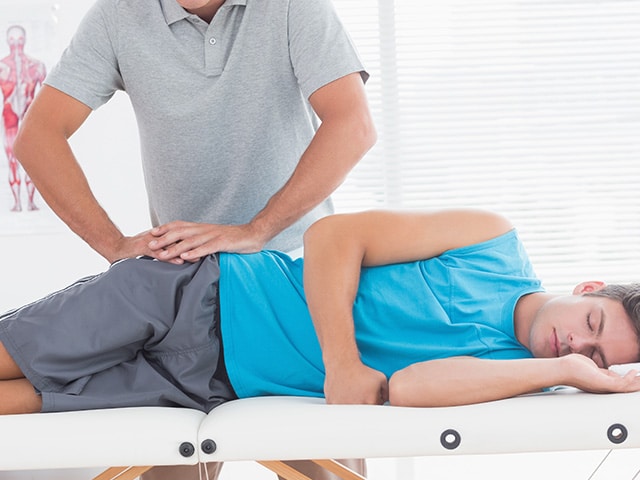Pelvic Physical Therapy
– Seek Treatment with Physical Therapy
Regain Control Over Your Life With Pelvic Pain Relief
Physical Therapy Specialists Find Solutions for Pelvic Pain to Improve Your Quality of Life
Pelvic pain impacts around 15% of women and a slightly smaller percentage of men in the U.S.1 Are you suffering from pelvic pain and unsure how to find relief? Is your pain limiting your daily activities or causing you to depend on pain medication?
Find the help you need at Physical Therapy Specialists. We provide customized treatment plans to address the source of your pelvic pain for lasting relief.
Pelvic Pain Therapy Treatments
As specialists in pelvic floor conditions, like pelvic pain, we are here to help with effective treatment options. Each patient receives a customized treatment plan based on your specific condition.
We ask you to complete a detailed patient information package so we can learn about you, your story and your health history. We take the time to listen to you! And, you will receive a physical examination of any current musculoskeletal problems.
After our detailed analysis, we work with you to find the best treatment solution to match your lifestyle and treatment goals.
Symptoms of Pelvic Pain
Pelvic pain includes a wide range of symptoms from mild to extreme. Regardless of the level of pain you experience, you shouldn’t ignore your pain.
Causes of Pelvic Pain
Pelvic pain occurs from a variety of causes. Our treatment begins with a detailed evaluation to discover the cause behind your pain. We don’t want to simply mask your pain, we want to assist in healing.
Pelvic Pain FAQs
FAQs About Pelvic Pain and Urinary Incontinence
Discover the Healing Power of Physical Therapy
Pelvic pain is personal and requires compassionate care. Relieve your pain and restore your quality of life. At Physical Therapy Specialists, we offer specialized pelvic pain treatment at our Centennial clinic.




